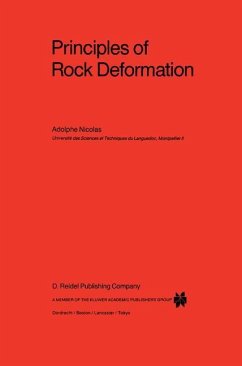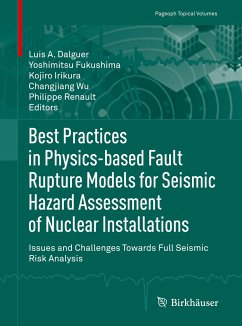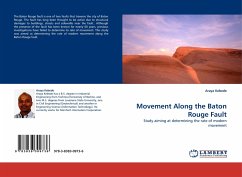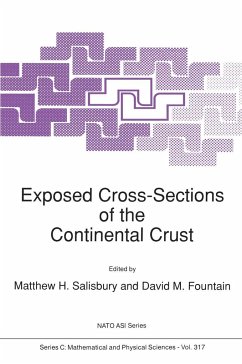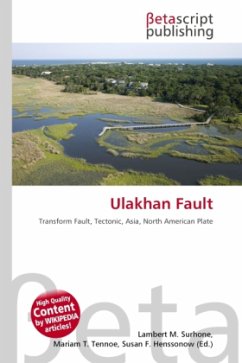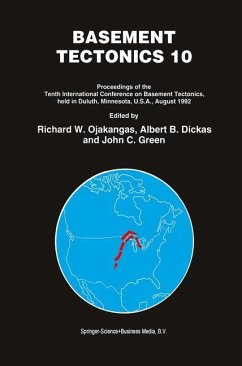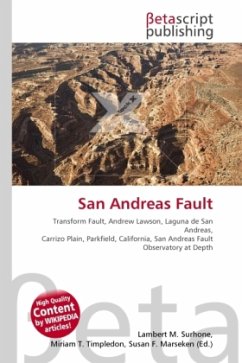
Fault (Geology)
Versandkostenfrei!
Versandfertig in 6-10 Tagen
23,99 €
inkl. MwSt.

PAYBACK Punkte
12 °P sammeln!
In geology, a fault or fault line is a planar fracture in rock in which the rock on one side of the fracture has moved with respect to the rock on the other side. Large faults within the Earth's crust are the result of differential or shear motion and active fault zones are the causal locations of most earthquakes. Earthquakes are caused by energy release during rapid slippage along a fault. A fault that runs along the boundary between two tectonic plates is called a transform fault. Since faults do not usually consist of a single, clean fracture, the term fault zone is used when referring to ...
In geology, a fault or fault line is a planar fracture in rock in which the rock on one side of the fracture has moved with respect to the rock on the other side. Large faults within the Earth's crust are the result of differential or shear motion and active fault zones are the causal locations of most earthquakes. Earthquakes are caused by energy release during rapid slippage along a fault. A fault that runs along the boundary between two tectonic plates is called a transform fault. Since faults do not usually consist of a single, clean fracture, the term fault zone is used when referring to the zone of complex deformation that is associated with the fault plane. The two sides of a non-vertical fault are called the hanging wall and footwall. By definition, the hanging wall occurs above the fault and the footwall occurs below the fault. This terminology comes from mining. When working a tabular ore body the miner stood with the footwall under his feet and with the hanging wall hanging above him.



